6 Ways to Use Grass Clippings to Benefit Your Lawn & Garden
Improving soilDon’t let all your effort into lawn mowing go to waste! Grass clippings are a great source of nitrogen and can be used as a natural fertilizer. Make your lawn work for you instead of you working for it. Put those grass clippings to good use and improve your lawn and garden for free.

Table of Contents
A healthy lawn and garden start with healthy soil, and grass clippings can help. During the spring and early summer, most lawns will need to be mowed at least once a week.
If you think this means getting rid of all those grass clippings, we’ve got 6 easy ways to use them. Your glass clippings don’t need to be added to a landfill. By using your grass clippings in these ways, you can reduce waste and improve the health of your lawn and garden.

6 Things to Do With Grass Clippings:
Leave Grass Clippings on the Lawn
The easiest and best thing to do with grass clippings is to leave them on the lawn. A healthy lawn starts with healthy soil. Grass clippings will break down, adding organic matter and nitrogen back into the ground. Leaving them where they fall will give you free, all-natural fertilizer. For many lawns with regular mowing, the clippings won't be too excessive.
Add Grass Clippings to Your Compost
Home composting is an excellent way to improve your garden soil. Grass clippings can easily be added to your compost. They add a layer of green to your mix and nitrogen to your compost. Remember to mix them with brown materials to create the right C:N ratios. Also, as grass clippings start to break down and dry, they need to be turned and mixed to add oxygen and allow moisture to be released.
Use Grass Clippings as Mulch
Mulching is an excellent way to keep weeds down and feed the soil. You can use your grass clippings for free and healthy mulch. Spread grass clippings 1 to 2 inches thick. You can continue adding grass mulch throughout the season and even into winter. As a Winter mulch, grass clippings can protect the soil and keep weeds out so you are ready to plant again in spring.
Sprinkle Grass Clippings on Wildflower Seeds
When you plant wildflowers in the fall or early winter, use grass clippings to hold down the flower seeds. Once you’ve prepared the soil and spread the wildflower seeds, apply a thin layer of grass clippings to keep them from washing away.
Make Grass Clipping Tea
Making tea out of grass clippings is an easy way to use the nutrients in your garden. To make tea, fill a bucket ⅔ full with grass clippings. Then add water. Allow this mixture to sit for several days to a week. Then use this tea to add nutrients to your garden.
Contribute to Your Community Grasscycling
Many municipalities and counties have collection programs for yard waste. These grasscycling programs keep natural materials out of landfills. Grass clippings, branches, and other yard waste are collected in bags and dropped off to be composted. This compost is then made available for the community to use.
Keep Grass Clippings Out of Storm Drains
When mowing your lawn, remember to keep grass clippings out of storm drainage tunnels and out of ponds. Large amounts of grass can contribute to algae bloom.

FAQs
Can you put grass clippings in your garden bed?
Yes! Grass clippings can be added to flower and vegetable garden beds. Thin layers of 1 to 2 inches will help control weeds while adding nutrients and organic matter to the soil. At Sow Right Seeds, we add grass clippings to our garden beds.
Can grass clippings go in your home compost?
Grass clippings can be added to your compost pile. As they dry out, they need to be mixed and aerated to break down and turn into usable compost.
Are grass clippings good for gardens?
Grass clippings are good for lawns and gardens. They're a natural source of nitrogen, an essential nutrient for plants. There's no reason to be throwing grass clippings away.
Don't let your hard work mowing the lawn go to waste—grass clippings are a valuable, nitrogen-rich resource that can naturally fertilize your garden. Instead of bagging them up, put them to good use by leaving them on the lawn to nourish the soil or repurposing them in your garden. With these simple, cost-free methods, you can enrich your soil, reduce the need for extra fertilizers, and make your lawn work for you.




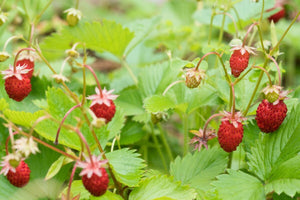
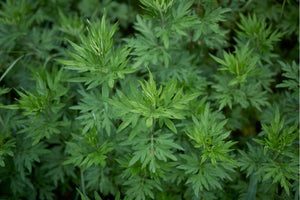
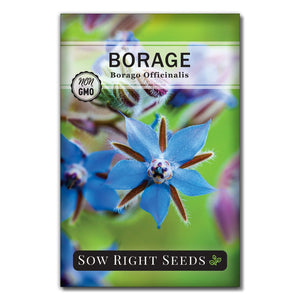
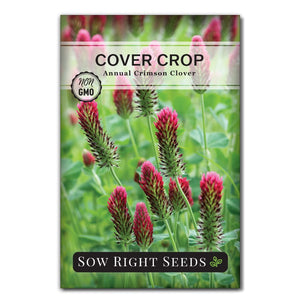
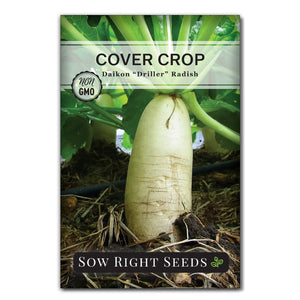
Leave a comment